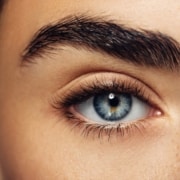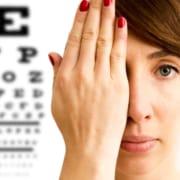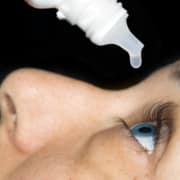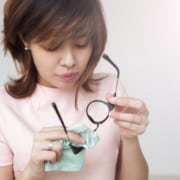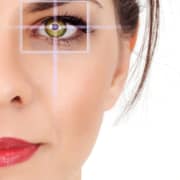Are You Seeing Stars Around Your Christmas Lights? What That Could Mean About Your Vision
Christmas lights are one of the things that really set the entire Christmas mood or holiday spirit. Whether you are religious or not, driving down a street filled with houses adorned in Christmas lights can make you feel some sort of magic. One problem that we see in patients during this time of year is a complaint about seeing starbursts around Christmas lights. If you have started to notice that you see starbursts when you look at Christmas lights, then it may be time to come in for an eye examination. Typically, starbursts mean that you either need to change your prescription or that you have glaucoma or cataracts.
Your Prescription
If you wear the wrong prescription of contacts or glasses, you may see starbursts not just Christmas lights but around stop lights as well when you are driving at night. By making a few minor adjustments and getting you a stronger precision, however, we can usually help you see a lot better.
Glaucoma
Glaucoma is an eye disease that causes intraocular pressure which can lead to blindness if it’s left untreated. In its early stages, glaucoma in things like seeing starbursts around Christmas lights. When you schedule your appointment with Dr. Maehara, he will check you for glaucoma.
Cataracts
Cataracts are another eye condition that cause starbursts. Even though the biggest symptoms of cataracts are a clouding of the vision, it usually starts out smaller with things like seeing starbursts around lights.
If you notice that your vision seems a bit off, don’t hesitate to give our office a call. To schedule your next eye exam, contact our Honolulu office at 808.955.3937.

